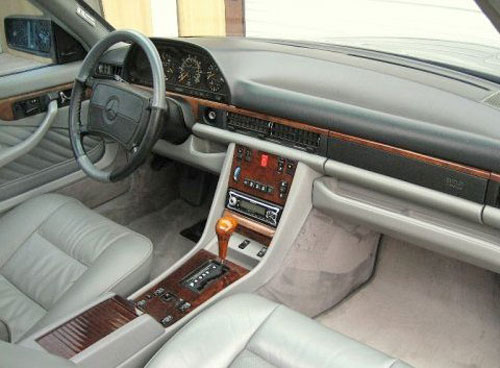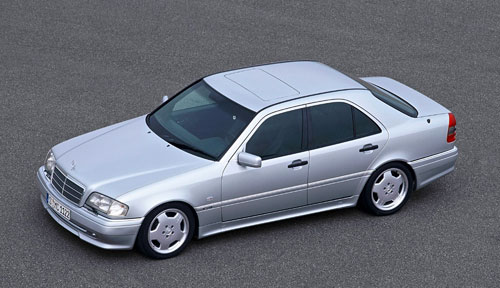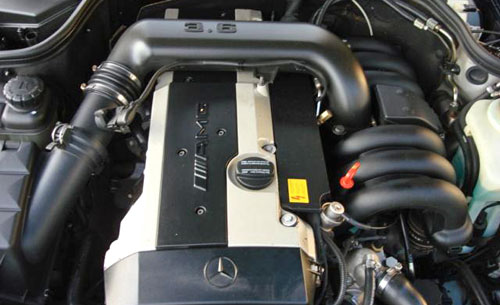
Okay, so being an experimental car, I can’t really consider this one from the standpoint of a possible purchase. But it’s still one of my favorite Mercedes.
Appearing in at least three distinct incarnations starting in 1969, the first two C111 evolutionary steps represented testbeds for Mercedes’ Wankel, or rotary, engine program, and the last housed the automaker’s latest high-performance diesel engine efforts. More than an engine platform, though, the C111 was an outlet of sorts for Mercedes’ engineers. The automaker’s racing program had been shuttered in the aftermath of the 1955 Le Mans disaster, and its development team was hungry to apply themselves to something more exciting than standard-issue production sedans. As it was produced, then, the C111 was trimmed and finished to a degree unheard of for an average technology demonstrator. No spartan development mule, all three generations sported a tractable engine, decked out interior, a refined chassis and even air conditioning. Indeed, as the late Paul Frère reports in this Road & Track feature article:
The C111-II is so elegant and businesslike that, with modern technology under its skin and wider tires, it would be the hit of any motor show today. No wonder that at the time, the factory received many blank checks from potential customers [eager] to acquire a replica.

Despite the luxurious trimmings, all three incarnations of the C111 were very quick. The initial 3-rotor Wankel-powered C111-I’s engine pumped out a characteristically smooth 280 hp, and the II’s 4-rotor engine raised that power figure to an even 350. That was a lot of power for the late ’60s and early ’70s, and it allowed the car to reach 60 mph from a standstill in under 5 seconds, as good as any contemporary muscle car from our neck of the woods. Even the later, diesel-powered C111-III, while not quite as fast as its predecessors, set several speed + economy + endurance records.
The bodywork was steadily refined throughout the car’s evolution, and has a distinctly Teutonic, functional feel to it, kind of what a German GT40 Mark 3 might have looked like. That said, I think it looks fantastic, and as Frère alluded to in the above quote, the C111 has a kind of timeless appeal. Completely free from any Mercedes styling cues—gullwing doors excepted—the car sort of stands alone in the automaker’s history as one of the few times they really gave their engineers and stylists free rein to consolidate their expertise and innovative leanings into one car.

Why wasn’t it produced? As much freedom as Mercedes gave their development team with the C111 project, they were clear to point out that the car was a technology demonstrator, and had no chance of progressing beyond that stage. Also, as refined as it was, the engine technology was the C111’s real raison d’être, and when Mercedes started hitting hurdles with their Wankel engine program, instead of persevering like Mazda did, eventually overcoming most of the technical and production challenges, the German automaker decided to pull the plug and direct its resources elsewhere.

It’s a shame. I see the C111 as a sort of a proto-BMW M1, which was itself a kind of pre-Acura NSX: An archetype of a truly user-friendly supercar. It had some rough edges, to be sure (Frère spotlights an outdated steering system and tricky handling at the limit, among other things), but overall the C111 made a considerable effort to “meet the driver halfway,” as it were, instead of being the hot, cramped, sweaty, evil-handling supercar its Italian contemporaries were. Between its refinement, looks and technological bravery, I have a great deal of admiration for it.
Editor’s note: This post is part of an ongoing series highlighting Mercedes models worthy of enthusiast consideration. Read the other installments here:






























